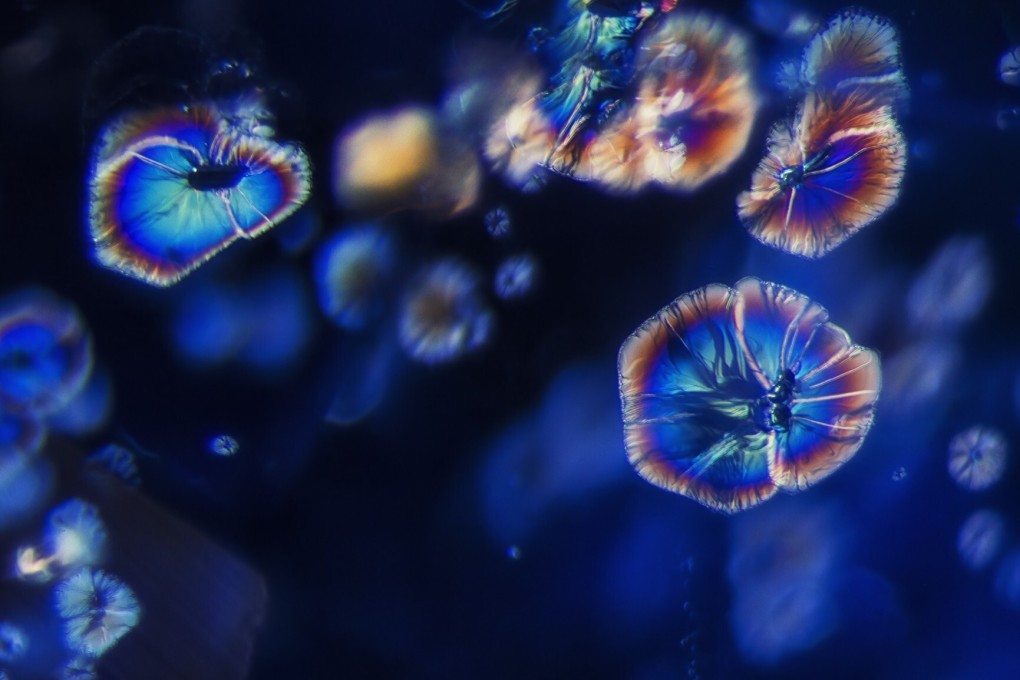Precious gems go under the microscope in Hong Kong exhibition
‘Discover the Gemstones, Ruby & Sapphire’ invites visitors to interact with uncut stones

Alice Leung picks up a blue sapphire with a pair of tweezers and holds it under a microscope, the enhanced image popping up on a computer screen next to her. “See those marks in the corner, the ones that look like needles? They are what we call ‘inclusions’ and they tell us that this gem has not been processed.”
Leung, education manager at L’École, School of Jewellery Arts, Asia-Pacific, is leading a guided tour through “Discover the Gemstones, Ruby & Sapphire”, an interactive exhibition running at the school’s space in the K11 Musea, in Tsim Sha Tsui, until September 30.
When people think of gems, most picture polished pieces of jewellery. This exhibition shows rubies and sapphires in a different light: raw and unprocessed.
“It gives people a different perspective on rubies and sapphires,” says Leung, adding that the two are from the same family of gemstones, made from the mineral corundum. The brilliant red of a ruby or the many colours of sapphires are determined by trace amounts of chemical elements within the gemstone.

“When people look at jewellery, particularly high jewellery, they want fewer flaws,” Leung says. “But gemmologists look for inclusions, the markings that are the character of the stones.”